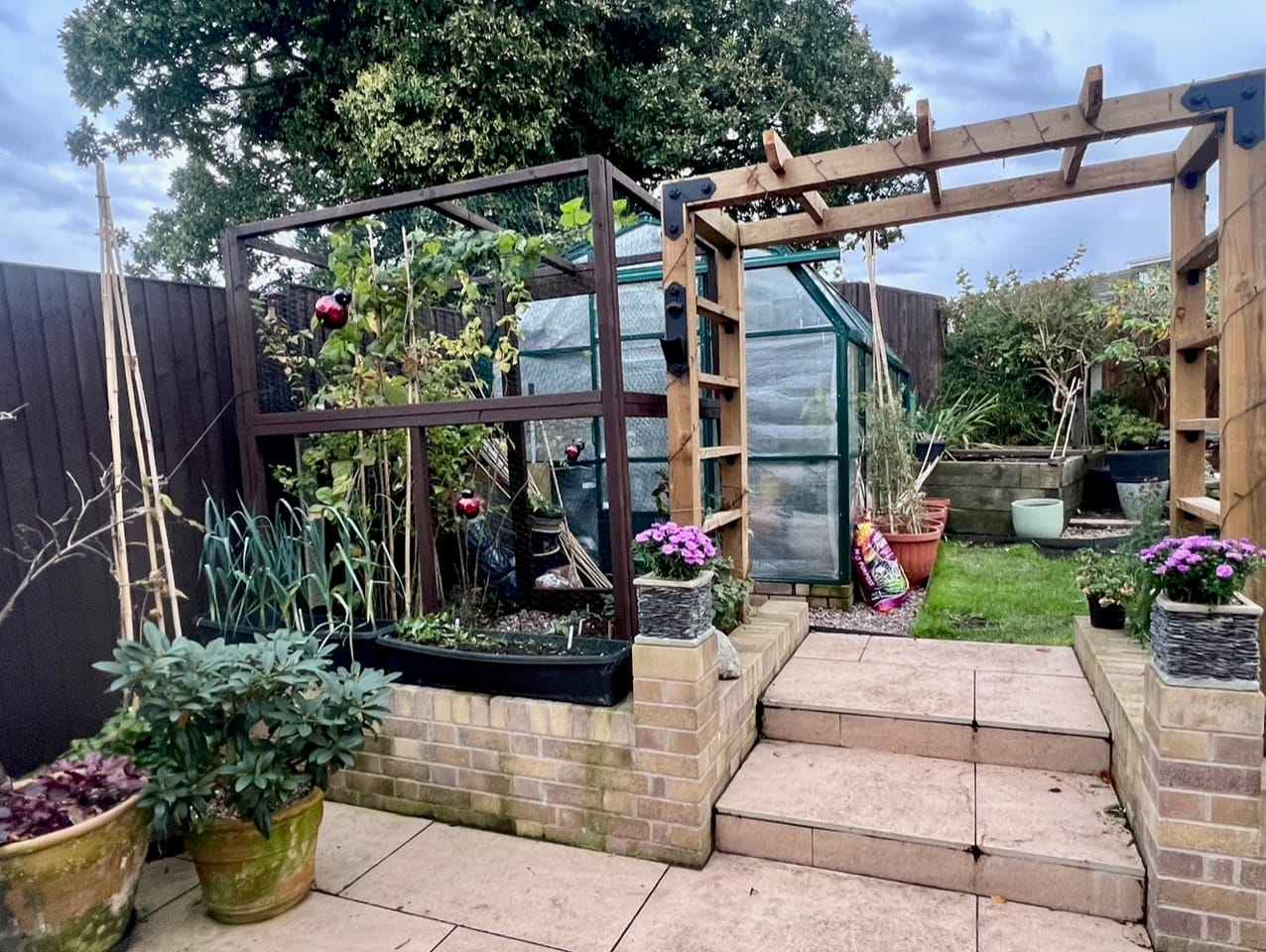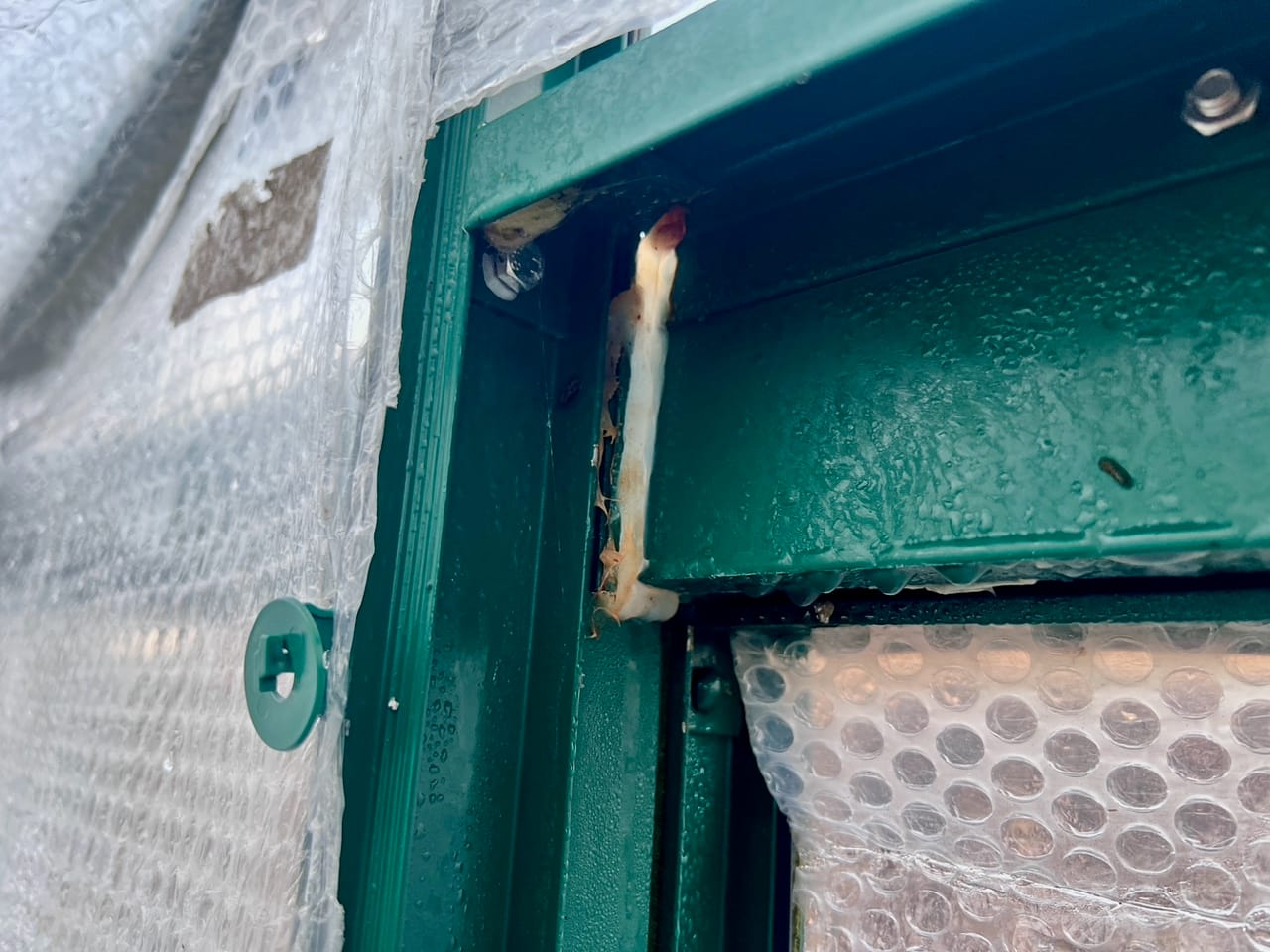After experiencing a few days of snow and temperatures dropping as low as -12°C, many gardeners are concerned about how to protect their delicate plants that are overwintering in the greenhouse. With the right approach, you can keep your greenhouse warm and maintain a suitable environment for your plants, even during harsh winter conditions. Here are some helpful hints and tips to get you through the cold season.
1. Insulate Your Greenhouse
One of the most effective ways to maintain warmth in your greenhouse is to ensure it’s well-insulated. Bubble wrap is an affordable and practical solution. You can line the inside of your greenhouse with horticultural-grade bubble wrap to create an additional layer of insulation. This will trap warm air inside and help protect your plants from freezing temperatures.
Focus on wrapping around the walls and even the roof if possible, ensuring all edges are tightly secured. Remember to cover any windows or doors that aren’t in use to prevent drafts. Larger bubbles offer better insulation than smaller ones, so choose accordingly.
Clive insulated the inside of his Greenhouse mid October, it was the second year he has used the same bubble wrap.

2. Use a Greenhouse Heater
Investing in a greenhouse heater is one of the most reliable ways to maintain a consistent temperature. There are different types of heaters you can use, depending on the size of your greenhouse and your budget:
•Electric Heaters: These are a great option for small to medium-sized greenhouses. Electric heaters can be set to maintain a specific temperature and are easy to use. Some models even come with thermostats to regulate the heat more efficiently.
Clive uses this strip heater while temperatures are below freezing outside its +4c today inside the greenhouse.

•Gas Heaters: If your greenhouse is off-grid, a gas heater can be an excellent choice. These are generally more powerful and can heat larger spaces but require proper ventilation to avoid the buildup of harmful gases.
•Paraffin Heaters: These are more affordable and suitable for smaller greenhouses. While they provide gentle heat, it’s important to maintain ventilation to prevent the accumulation of fumes and moisture.
3. Thermal Mass (Heat Sinks)
Creating a thermal mass in your greenhouse can help store heat during the day and release it gradually at night when temperatures drop. This can be achieved by placing large containers filled with water, rocks, or bricks inside the greenhouse. These materials absorb heat during the day and release it slowly overnight, helping to keep the temperature inside the greenhouse more stable.
If you’re using water as your thermal mass, paint the containers black to increase their heat absorption capabilities. Placing them along the north wall of the greenhouse is ideal, as they can absorb the most sunlight from that position.
4. Use Fleece or Horticultural Blankets
Covering your plants with horticultural fleece or blankets can provide an extra layer of protection against the cold. These materials act as insulation and can trap warm air around your plants, preventing frost damage. They are particularly useful on especially cold nights when temperatures plummet.
Make sure to remove the blankets during the day to allow light and air circulation around your plants. You can also use cloches or cold frames inside your greenhouse for more vulnerable plants to give them an extra layer of protection.
5. Seal Any Gaps or Drafts
Cold air can easily sneak into your greenhouse through gaps, cracks, or poorly sealed doors and windows. Before the cold weather sets in, take the time to inspect your greenhouse and seal any drafts you find. You can use weather stripping or caulk to close up any gaps that could let cold air in.
A sealed gap by the door in Clive’s Hartley Botanic Greenhouse.

Regularly check the door seals and hinges, as these are common areas where heat loss occurs. Proper sealing can go a long way in keeping your greenhouse warmer with less effort.
6. Ventilate During the Day
While it’s important to keep your greenhouse warm, it’s equally important to ventilate it during the day to prevent excess moisture buildup. Moisture in the air can lead to condensation, which can make the inside of your greenhouse colder at night. Ventilation also helps reduce the risk of fungal diseases that thrive in damp conditions.
Open the vents or doors for a short time during the day when temperatures are warmer, allowing fresh air to circulate without losing too much heat.
7. Consider Solar Power
If you’re looking for an eco-friendly solution, installing a solar-powered heater or fan in your greenhouse can help regulate the temperature naturally. Solar power can be harnessed to run small heaters, fans, or even automatic vents, reducing the need for electricity or gas. While the upfront cost may be higher, solar energy can be a sustainable and cost-effective option in the long term.
8. Raise Plants Off the Ground
The ground inside your greenhouse can become very cold in winter, which can directly affect your plants. Raising your plants off the ground by using benches or shelves can prevent the roots from becoming too cold. Cold air tends to settle near the ground, so lifting your plants a few feet higher can make a significant difference.
Some Fuchsias brought in from the garden in October on Clive’s Bench.

You can also place insulation boards or mats under your pots and trays to add an extra barrier between the cold ground and your plants.
Conclusion
Keeping your greenhouse warm during cold weather is essential for protecting delicate plants and ensuring their survival through winter. By insulating your greenhouse, using heaters, and applying these other tips, you can create a stable and warm environment, even when the temperatures outside are freezing. Remember to monitor the temperature regularly and adjust your methods as needed to keep your plants healthy and thriving all season long.
